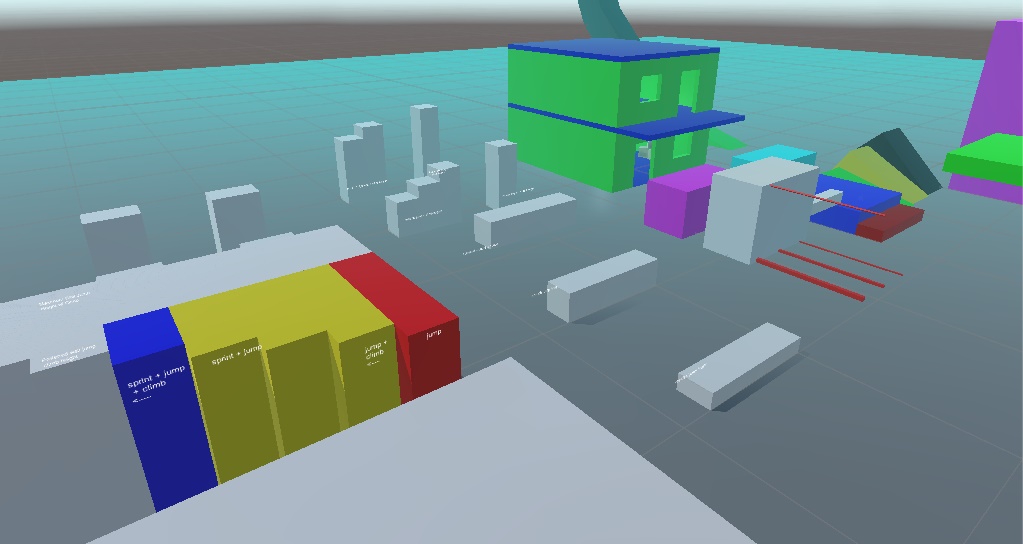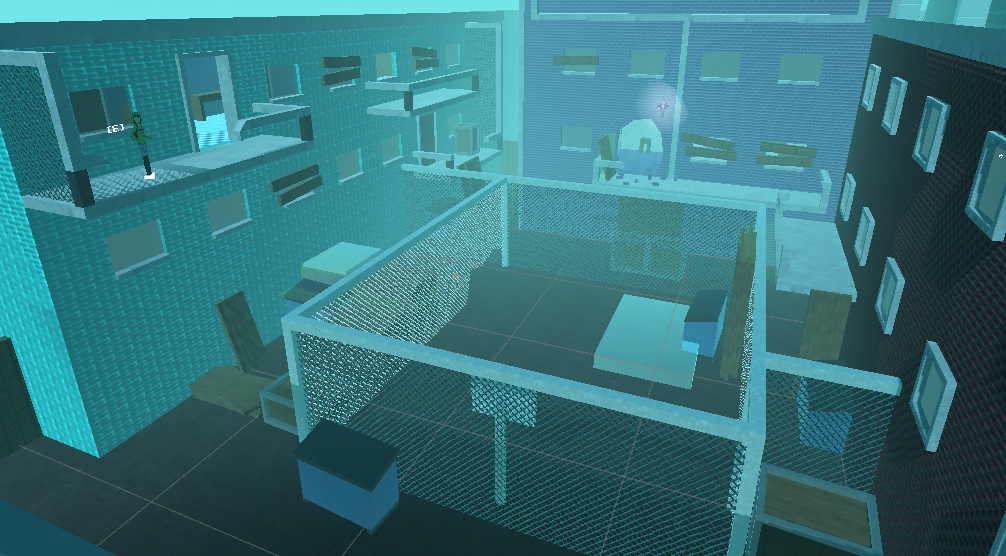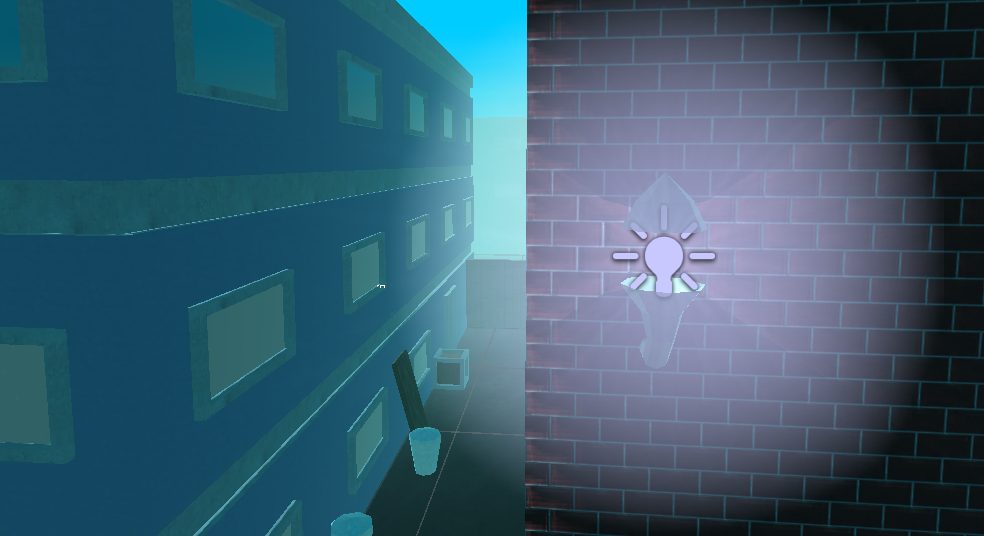Going Nowhere
|
Project Info
For: Independent Work
Date: August 2015 Team Size: 4 Role: Designer & Project Leader Engine: Unity with ProBuilder Skills Exercised: Game Design, Game Development, 3D Level Design, 3D Modeling The Team
Stephan Haldaman:
Project Leader & Designer Patrick Lockwood: Programmer Ayrayen: Music Dan Larkin: Sound Effects |
|
|
Project Summary
|
Recognition
|
|
Going Nowhere is a 3D platforming adventure game made in 3 months by a team of 4. Players use a variety of "parkour" style maneuvers to navigate a dream-like urban environment and discover the mystery behind the town they find themselves in.
|
Going Nowhere was featured both on Newgrounds and GameJolt, and received very positive feedback from the community for its level design, aesthetic style and game mechanics, leading to dozens of "Let's Play" videos from fans. As of December 2015, the game has gathered over 60,000 views.
|
Development Process
- Pre-production
I scouted some talent on Newgrounds and with programmer Patrick Lockwood, decided what was reasonable for the grand vision of the game, and with him, started prototyping basic mechanics.
- Prototyping
|
This is a picture of our test level. We started with to decide on the mechanics and values of things like jump height, speed and so on here. We opted for making the jump more of a vault, since we knew climbing would be a huge mechanic that made jumping high like in most games unnecessary and even a little clunky. The gap measurements in this level were a pretty simple way to help to design the levels more effectively and accurately around the game mechanics.
|
Playing off of our game idea's strengths, we decided to make navigation mechanically slow and calculated. This gives even players unfamiliar with the genre of "platformer" an easy time learning the controls of the game and navigating daunting terrain. Executing the navigation was never meant to be particularly challenging. Instead, finding out where to go and how to get there, and then doing it is where the engagement of the game comes from.
As for the narrative, we knew we wanted the game to be set in a place that is dreamlike, deceptive and surreal, with mysterious characters that serve several VERY important purposes, such as providing the player with extra objectives, purpose, direction and to manage the curve of intensity. In this sense, the narrative was very much not tacked on but a core mechanic of the game that we planned from the start. At the same time, it was important that players could opt to skip all of the dialogue at their discretion and still be directed through the game as intended, which I believe we succeeded in. This was prototyped in the form of very simple, but effective character interactions.
As for the narrative, we knew we wanted the game to be set in a place that is dreamlike, deceptive and surreal, with mysterious characters that serve several VERY important purposes, such as providing the player with extra objectives, purpose, direction and to manage the curve of intensity. In this sense, the narrative was very much not tacked on but a core mechanic of the game that we planned from the start. At the same time, it was important that players could opt to skip all of the dialogue at their discretion and still be directed through the game as intended, which I believe we succeeded in. This was prototyped in the form of very simple, but effective character interactions.
- Alpha Development
|
This area is a good example of the open linear levels. Players first got lost here because the hole in the building (near the middle of the picture) used to just be a window, and when players saw the girl in the green hoodie (top left) they figured that was the area they needed to go, however, she is an optional "collectible" NPC, so even though they had to walk past the hole in the wall to get to her, once they got to her, they didn't know where to go next. What I ended up doing in this area was making a big hole in the wall that was unavoidable, and, if you can see it, there's a wooden plank blocking the player from going past it. More curious players will explore their surroundings or have even seen the greed hooded girl, but all of the players were certain of the way they needed to go after these changes.
|
In this area is also a good example of how I teach the players the unique controls of the game. All the controls prior work the same way, where the player is required to use them to get to the next area. Inside the basketball court here, players are drawn to the dumpster, which they can only get on top of by climbing (and this is when the prompt for that mechanic comes up) so they must climb to get out of the basketball court. Everything before this part was teaching players how to master the basic controls, which are also generally in every first person game (crouching, jumping, sprinting) and the rest of this level teaches the player how to master using those controls with our new mechanic, climbing.
|
An element I ended up adding to the game was very distinct blue lanterns/lights in the environment to direct the player. A few players would get confused as to where to go, not because they didn't see where to go, but because there were a lot of areas like alleyways and paths to look at and none that particularly stood out. Even though only one of them may have been accessible, player's didn't have anything to really draw them to the next area. The lights were ONE of the elements I added to remedy that and it worked well in its consistency, but expanding off the actual reason for this problem, I made the areas I wanted the player to go more interesting looking with more props and so forth, where the areas that were inaccessible were built with no particularly eye catching qualities.
The blue lights, most importantly, allowed me to show players the right way to go to get to the end of the level while still being able to have optional accessible areas, avoiding an early problem I had where players would find the optional areas and think it was the right path, only to wind back up where they started and feeling totally stuck. |



